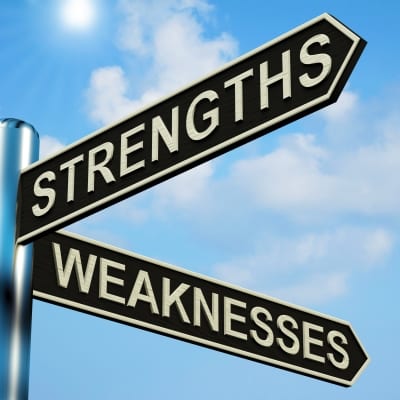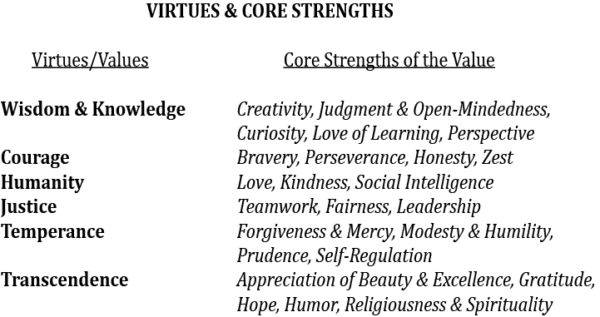I am led to conclude that an organization’s structure can be moral or immoral in and of itself. [. . .] consciously constructing an organization that, by its design, impairs people’s health is ultimately no different than willfully using asbestos in the construction of a brick-and-mortar building when we know that the material is likely to compromise the health of the building’s inhabitants. Jerry Harvey, PhD., The Abilene Paradox
Awareness is an attractor. Whether our focus is negative or positive, with our awareness we attract what we focus on. Hence, the adage “where attention goes, energy flows.” Not only our energy, but also the universe’s energy catalyzes in the very direction our awareness points. The outcome — our thoughts create our reality. Negative thoughts create negative outcomes, positive thoughts create positive outcomes.
This is why it is so important to maintain our focus in the present moment. When we stay alert to the present moment, we allow for life’s possibilities to enter our consciousness and then, with awareness, we can choose to align these offerings with what it is we want to create.
If we focus our attention on past regrets or future fears, we limit ourselves to negative outcomes. In part because, by living in the past or future, we are unaware of the present’s able protection and provision. We forfeit our opportunity to receive assistance — to access life’s offerings. With so much complexity and new challenge in today’s world, we need as much able assistance and partnership as we can muster to sort out root causes and strategize new solutions.
This combination of focusing on the present and the positive appears to fly in the face of traditional strategic planning processes, which emphasize a SWOT methodology (strengths, weaknesses, opportunities and threats). From my two-decade practice, I learned that strength-based strategic planning (positive thinking and focusing on strengths) enables organizations and individuals to experience an upward spiral of enthusiasm and growth as they move forward in creating “what they want.” Conversely, when these same people focus their attention and energy on eliminating what they don’t want (merely problem solving), a downward spiral of drudgery and limitation emerges.
Our desire and potential as humans is realized and expressed in creation, not problem solving. So how do we shift our experience out of the doldrums of solving problems into the joy of creating new products, services, experiences?
To see the lie is to cease to lie. Osho
Simply put, we reframe our thoughts, words and actions from ‘don’t wants’ into ‘wants.’ When I do this with my clients, the shift in energy from heavy effort to buoyant excitement is palpable.
Both abundance and lack exist simultaneously in our lives, as parallel
realities. It is always our conscious choice which secret garden we will
tend [. . .] when we choose not to focus on what is missing from our lives
but are grateful for the abundance that’s present — love, health, family,
friends, work, the joys of nature and personal pursuits that bring us
pleasure — the wasteland of illusion falls away and we experience Heaven
on earth. Sarah Ban Breathnach
So subtle yet so powerful is this reframe because our world-wide society has been conditioned to focus on the negative (what we don’t have, limitations, threats or don’t want). Below are some of the reframes my clients and I co-created:
Gallup’s employee disengagement data (Towers Perrin Global Workforce Study 2008) clearly establishes why living and contributing from our strengths, that which is positive about ourselves, is vital. Our current crisis in the workplace is one of presenteeism. Employees are present at work but are not engaged in utilizing their strengths to contribute to economic, social and environmental betterment. Many of the mature, experienced workers (50 to 60 years of age) have already ‘retired in place’ (RIP).
• 80% of the employee population is not flourishing
• 22%-29% of employees are engaged
• 54%-66% are not engaged
• 11%-17% are actively disengaged
In order for us to engage the 80% of employees who are not flourishing, we need to create experiences that excite and energize them. The way to excite and energize humans is to tap into and utilize their individual strengths in a creative contribution.
So, what do you believe are your strengths?
In order to dig deeper into what your personal strengths are, visit this free on-line assessment tool, which may use language (see table below) foreign to many workplaces.
Now that you have a reasonable sense of your strengths, do they align with your professional and personal roles in life?
What one step can you take to bring greater alignment and allow yourself greater creative expression?







